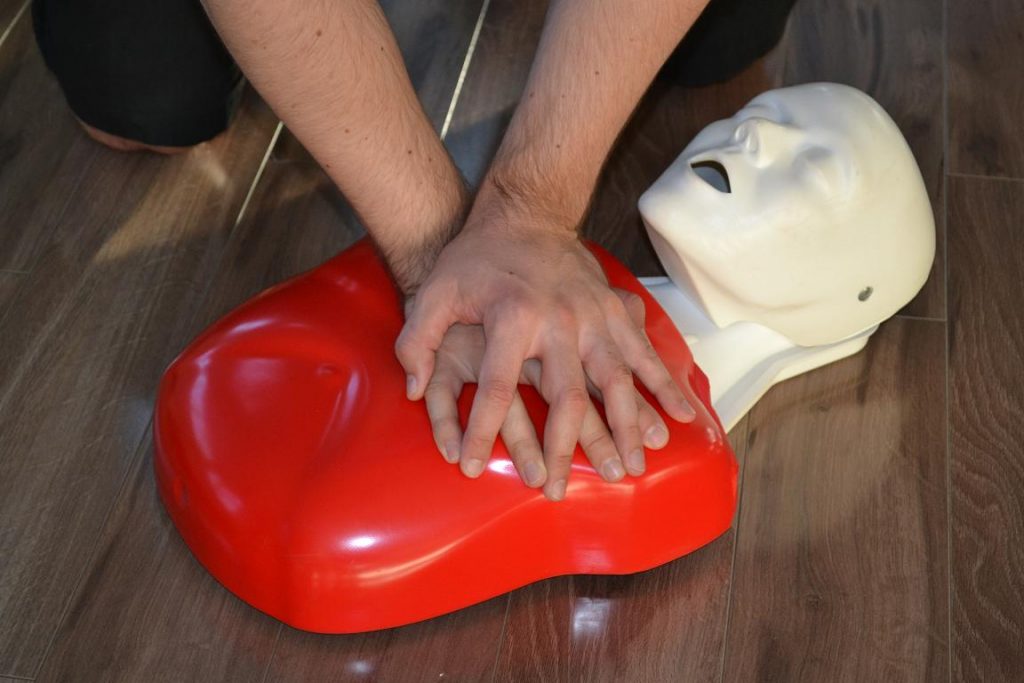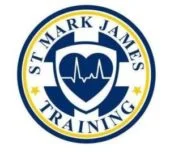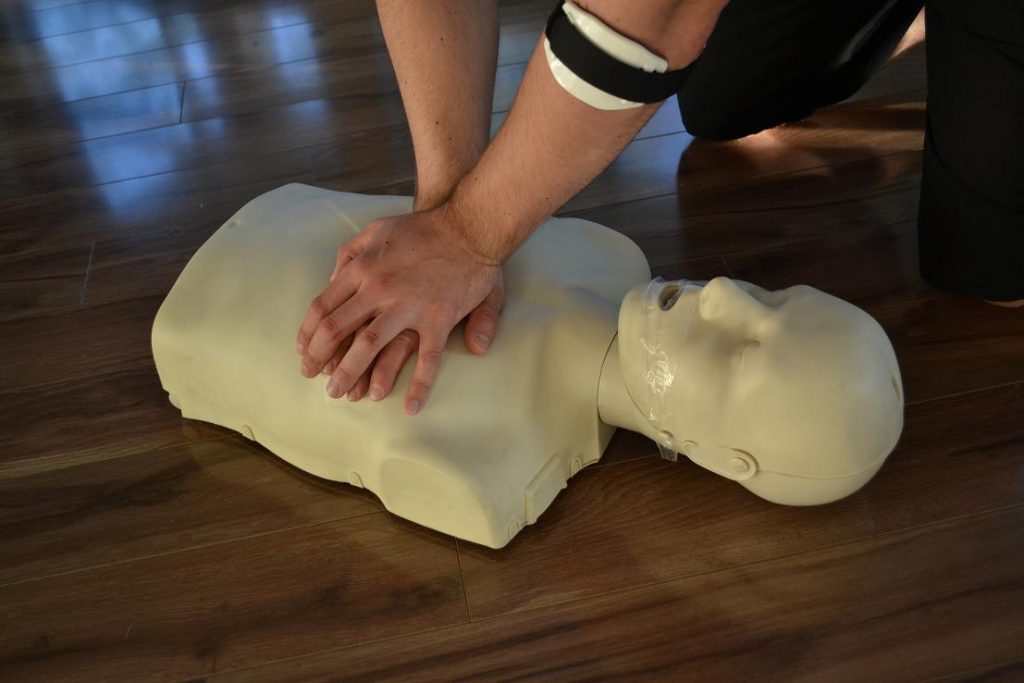WorkSafeBC provides guidance for restarting work sites. The COVID-19 pandemic has resulted in a new kind of self-reliance, from cutting down their own hair to improvising a home workout.
Challenges of performing first aid in the “new normal”
Self-administered first aid is another option outlined by WorkSafeBC guidelines for industries restarting after being idle due to COVID-19 restrictions. The physical distance precautions might mean an industrial first aid attendant may guide an injured person to treat their own minor injuries from 2 meters away.

The WorkSafeBC guidelines for occupation first aid attendants advise that if an injury is minor, they must ask the injured person if they are able to administer first aid themselves. If possible, the attendant would place bandages and materials on a surface two meters from the patient and guide them through their use.
Once the injury is more serious or the worker is unresponsive, the attendants would use personal protective equipment to manage the injury.
There are hand sanitizing stations equipped with wipes or gels or water jugs with soap and disposable towels in areas where hand-washing stations are impractical.
The public health order also includes specific requirements for workers, including requirements for hygiene, self-monitoring, travel, and physical distancing.
Why basic first aid is vital?
In instances where you are faced with a scenario where a person needs help and there is no medical personnel around, being trained on first aid and CPR is an advantage. Enrolling in first aid and CPR course is essential.
For more information about this story, click here.
LEARN MORE
Learn how to help those in need by enrolling in a first aid course and for more information, check out these sources:
https://en.wikipedia.org/wiki/First_aid

